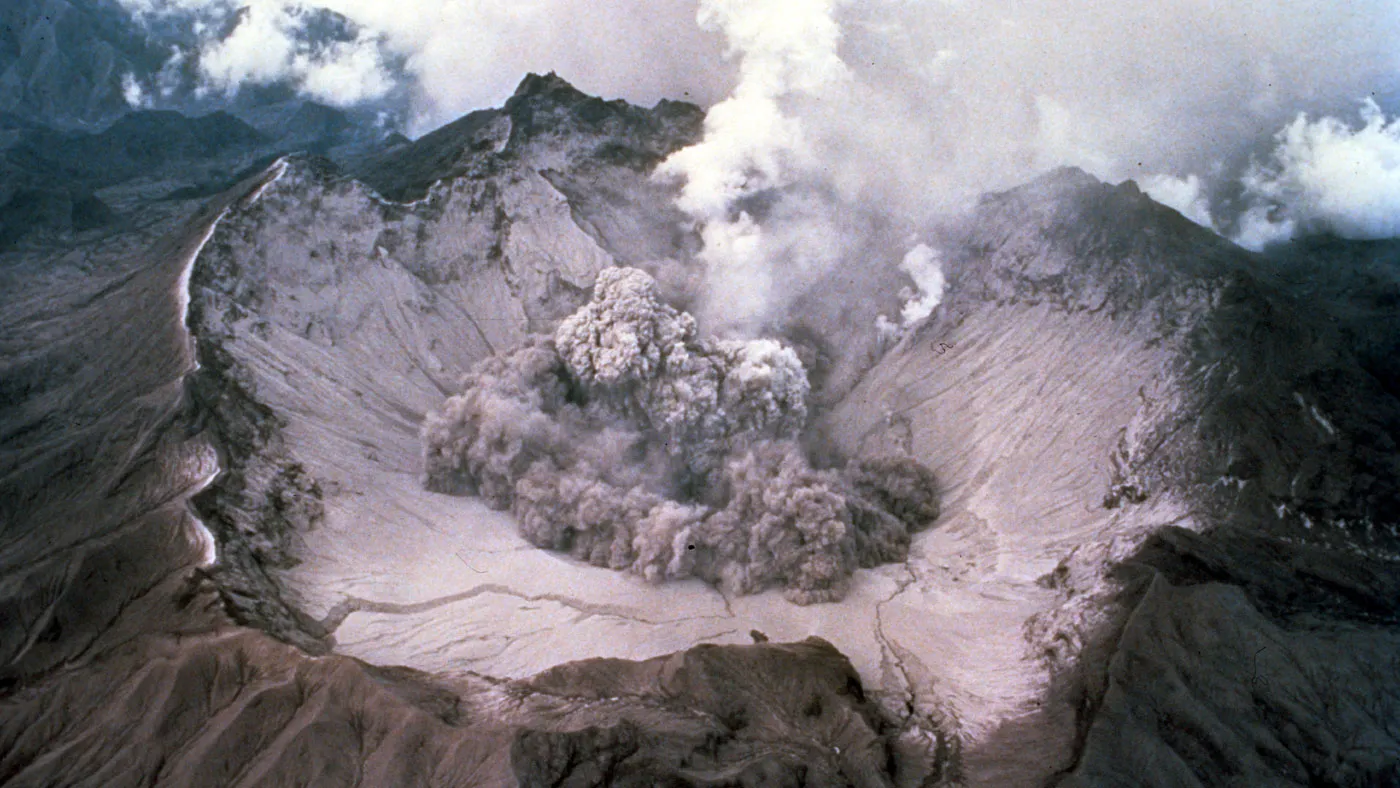tcggwrm.org – Mount Pinatubo, located on Luzon Island in the Philippines, is infamous for its catastrophic eruption in 1991. This event was one of the most significant volcanic eruptions of the 20th century, impacting not only the surrounding regions but also having far-reaching effects on the global climate. This article explores the history, the eruption, and the ongoing impact of Mount Pinatubo.
Historical Background
Before its eruption in 1991, Mount Pinatubo was a relatively obscure and dormant volcano. It had been quiet for about 500 years, providing a false sense of security to the people living in its vicinity. The area surrounding the volcano was densely populated, with indigenous communities and military bases, including Clark Air Base and Subic Bay Naval Station, nearby.
The 1991 Eruption
The eruption of Mount Pinatubo began with volcanic activity in April 1991 and culminated in a massive explosion on June 15, 1991. This eruption expelled more than 5 cubic kilometers of material into the atmosphere, creating a massive ash cloud that reached heights of over 35 kilometers. The eruption was accompanied by strong earthquakes and pyroclastic flows that devastated surrounding areas.
Immediate Impact
The eruption led to the evacuation of thousands of people, saving countless lives but also displacing entire communities. The immediate aftermath saw widespread destruction, with ashfalls collapsing roofs, and lahars—volcanic mudflows—destroying infrastructure and farmlands. The eruption claimed the lives of approximately 800 people, primarily due to collapsing buildings and diseases in evacuation camps.
Global Climatic Effects
One of the most significant aspects of Mount Pinatubo’s eruption was its impact on the global climate. The eruption injected an estimated 20 million tons of sulfur dioxide into the stratosphere, forming a sulfate aerosol layer that reduced global temperatures by about 0.5 degrees Celsius over the following years. This phenomenon demonstrated the profound influence volcanic eruptions can have on the Earth’s climate system.
Long-term Consequences
In the years following the eruption, the region continued to suffer from lahars, which were triggered by heavy rains. These destructive flows caused further displacement and damage, necessitating ongoing efforts in disaster management and infrastructure rebuilding. The eruption also led to increased research and monitoring of volcanic activity, significantly improving early warning systems.
Conclusion
Mount Pinatubo’s 1991 eruption serves as a stark reminder of the power and unpredictability of nature. It highlighted the importance of preparedness and the necessity of scientific monitoring to mitigate the impacts of such natural disasters. While the eruption caused significant destruction, the lessons learned have contributed to better volcanic risk management worldwide, aiming to protect vulnerable communities from future volcanic threats.
